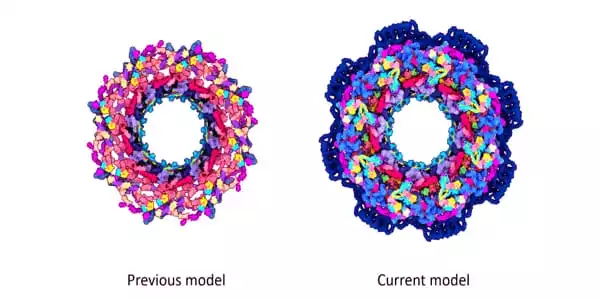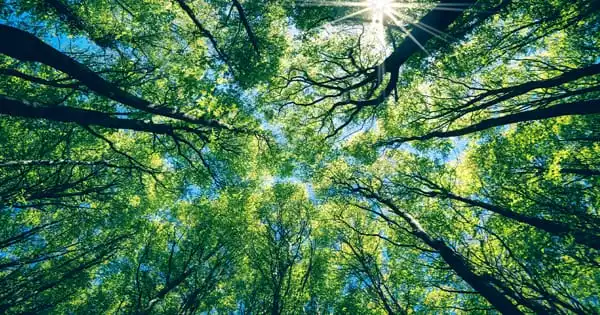Plants make their own “hidden” judgments about how much carbon to release back into the atmosphere, according to new study from The University of Western Australia, a revelation with “deep consequences” for the use of plants as carbon reservoirs.
Professor Harvey Millar of the University of Western Australia’s School of Molecular Sciences, who was a co-author of the study published today in Nature Plants, said the findings suggest that future plants might be developed to fulfill global food demands while simultaneously benefiting the environment.
Professor Millar, Director of the ARC Centre of Excellence in Plant Energy Biology, said, “Every school student learns about photosynthesis, the process by which plants use sunlight, water, and carbon dioxide to make oxygen and energy in the form of sugar.”
“However, a plant cannot grow as quickly as the carbon it absorbs during photosynthesis since it loses up to half of that carbon as CO2 during plant respiration. This prevents plants from becoming the best carbon sinks they could be, limiting how much they can assist reduce CO2 levels in the atmosphere.”
Anything that takes more carbon from the atmosphere than it releases is referred to as a carbon sink.
Professor Millar claims that plants retain the secret of selecting when and how much CO2 to emit locked away inside portions of the cell called mitochondria, where CO2 release occurs.
Professor Millar explained, “Our research, led by Ph.D. candidate and Forrest Scholar Xuyen Le, discovered that this CO2 release decision is governed by a previously unknown process, a metabolic channel that directs a sugar product called pyruvate to be oxidized to CO2 or kept to make plant biomass.”
“We discovered that a transporter on mitochondria sends pyruvate to respiration in order to release CO2, but that pyruvate generated in other ways is maintained by plant cells to create biomass—if the transporter is blocked, plants use pyruvate from other pathways for respiration,” Le explained.

According to Professor Millar, the findings suggest that plants can distinguish between pyruvate sources and pick one over the other for CO2 release. The usual norms of biochemistry state that the following phase in a process does not know where the product from the previous step came from.
“Understanding the plant’s secret of using a metabolic pathway to prioritize carbon release over holding it for biomass production gives a fresh chance to influence the decision at the last moment,” he added.
“This might be accomplished by restricting CO2 release from plants by limiting this channeling to respiration or by creating new channels to send carbon inside mitochondria back to biomass formation and therefore limiting CO2 release.”
“It demonstrates that, in addition to global financial decisions, current debates about carbon net zero and the role that crops, forests, and grasslands may play, conversations about what happens inside plants should also be included.”
Long-term international partnerships are currently being formed by UWA researchers to identify better ways to utilise energy from respiration to redirect carbon to biomass without compromising a plant’s capacity to grow and protect itself against infections or harsh conditions.





